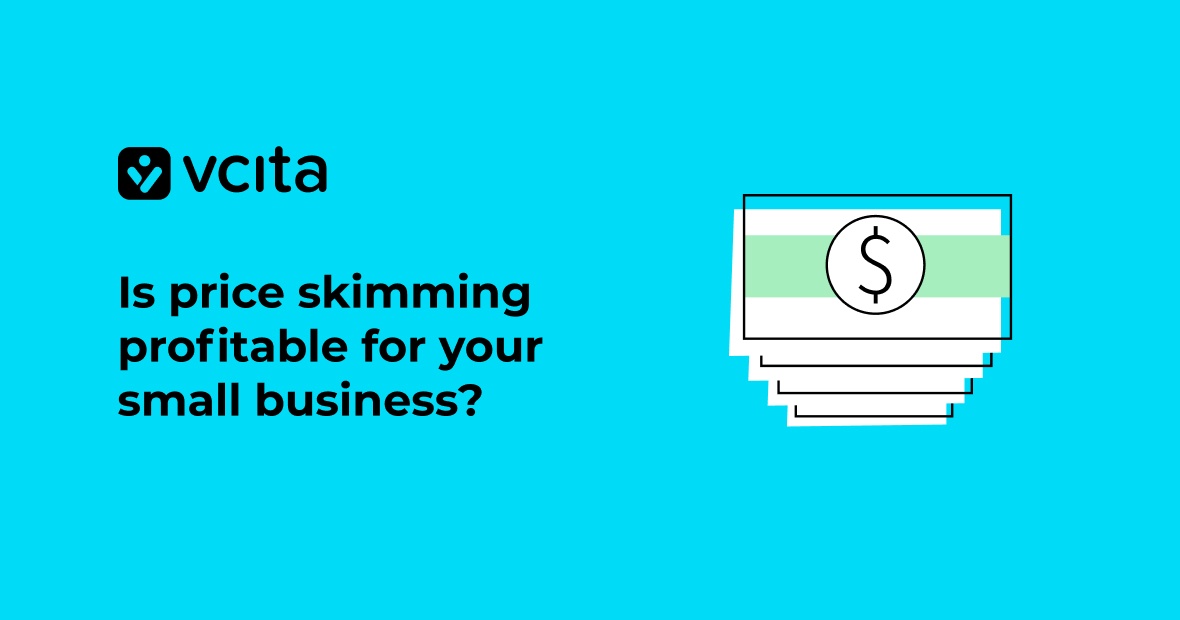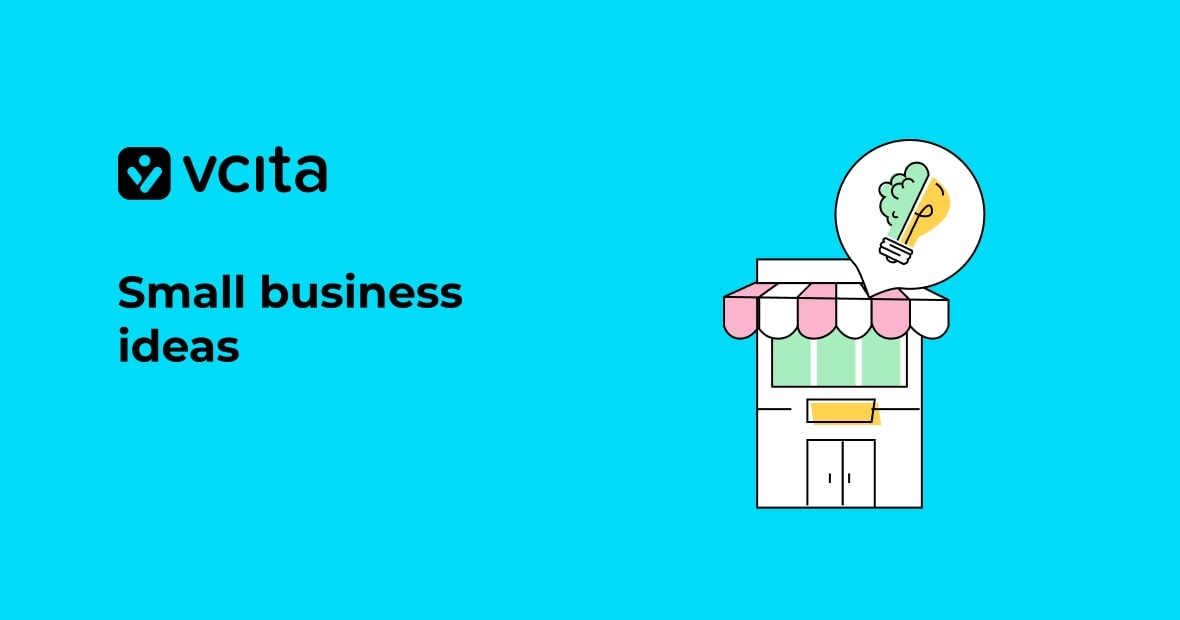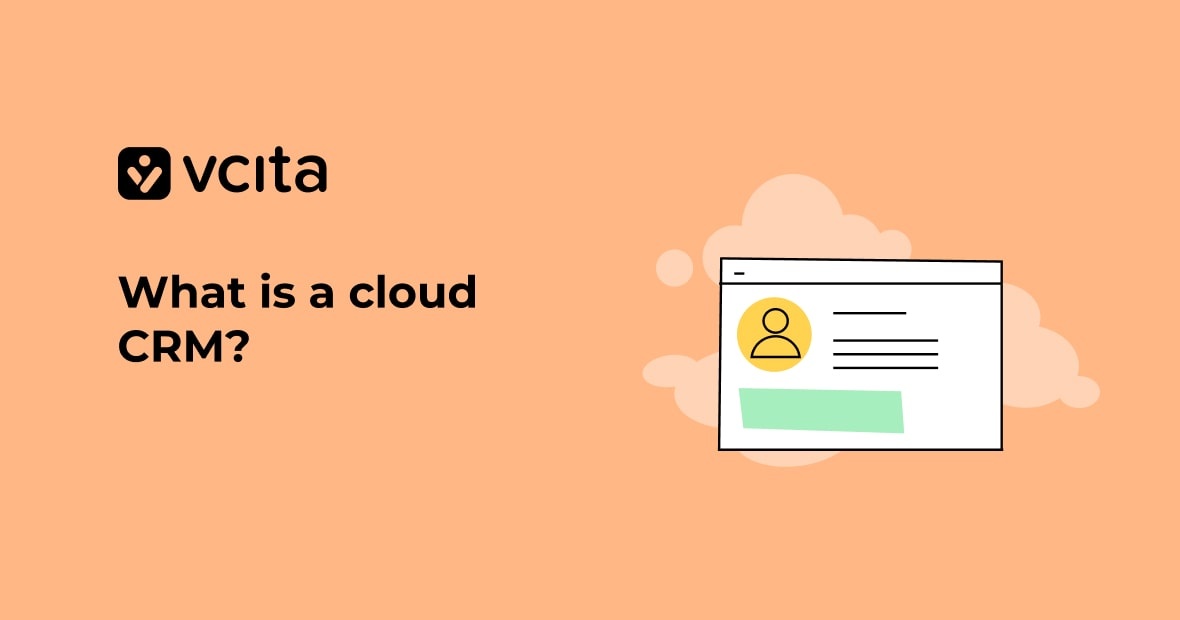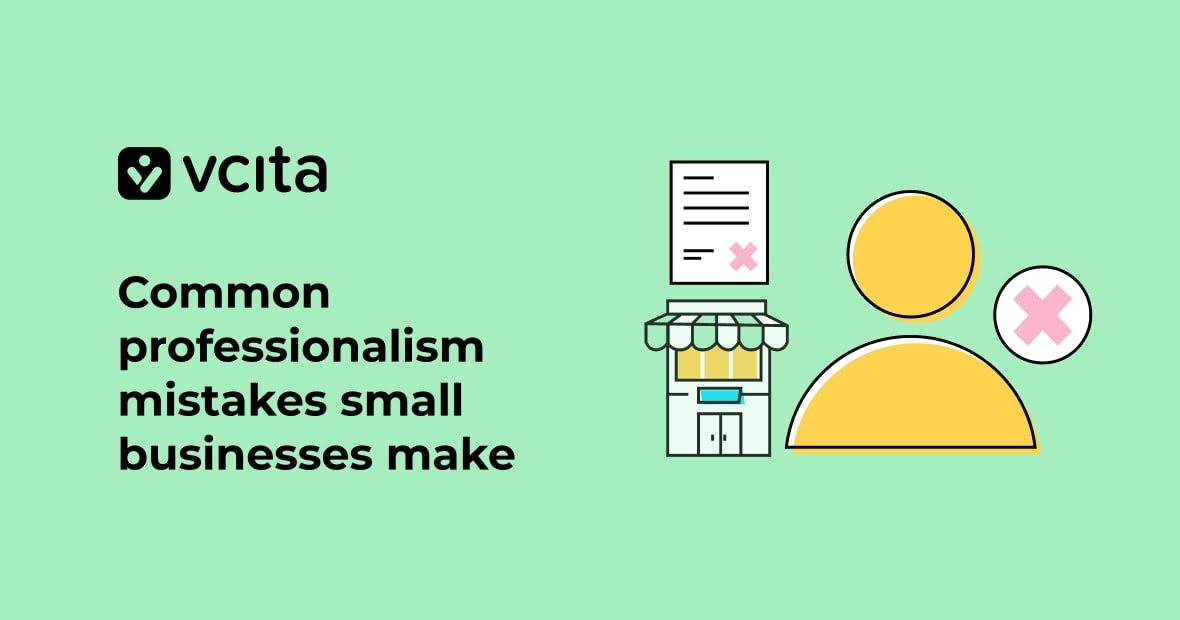One of the biggest challenges for small business owners is working out how to price your services to maximize profits. Finding the right prices is the key to a profitable business with happy customers, but it can be easier said than done. One solution is to apply price skimming.
Price skimming is a pricing strategy where you charge higher prices initially to those customers willing and able to pay top dollar for your offering. The key is knowing your ideal customers and what they value, so you can set prices based on their perceived value, not what the competition is doing.
When done right, you build a business that delights your customers to the extent that they’re happy to pay more for your services. Read on to learn how you can implement this profitable pricing strategy in your small business.
What is price skimming?
Price skimming is a pricing strategy that allows you to maximize profits from customers willing to pay higher prices, before dropping your price to attract more price-sensitive buyers. It involves charging the highest price the market will bear when you first launch, to earn the maximum revenue from early adopters — your ideal customers who value your offering the most. Once sales start to slow, you gradually lower your price to appeal to more budget-conscious clients.
This pricing approach contrasts with market penetration pricing, where you begin by setting a low price to quickly gain customers. Price skimming targets those willing to pay a premium for your product first. It works well for innovative offerings, luxury goods or services, or businesses with little competition.
Successful price skimming requires creating ideal customer profiles, developing a customer-centric culture, initially limiting availability to increase demand, monitoring the competition and adjusting prices as needed, and gradually lowering prices to continue attracting new buyers.
When to use price skimming?
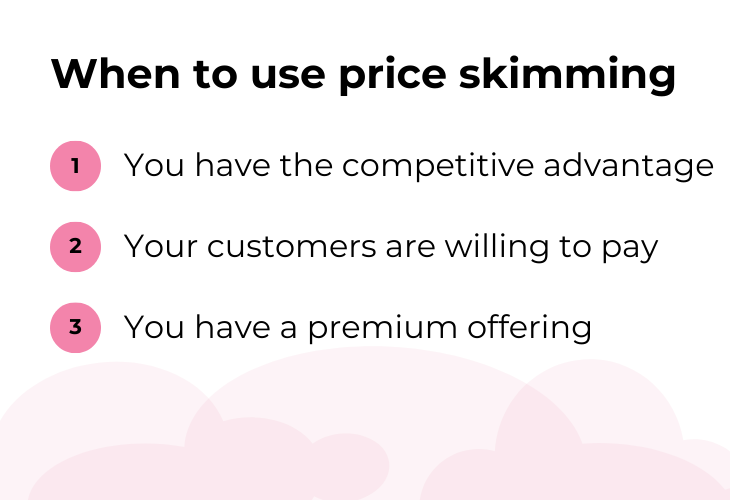
Price skimming is a profitable pricing strategy, but it’s not suitable for every business situation. Here are the times and circumstances when you can use price skimming effectively.
When you have a competitive advantage
Price skimming works best when you have a competitive advantage, like a patent on new technology or a unique type of service. You can charge a premium when you’re the only game in town, but remember that once competitors enter the market, you’ll have to adjust your pricing.
For example, according to a SpeedyPaper review, this writing service has established a significant competitive advantage by employing verified subject-matter experts across various academic fields. This expertise-driven differentiation has allowed them to charge premium rates for their specialized services while competitors primarily offered generic writing assistance.
When your customers are willing to pay
For price skimming to work, you need to identify a target audience that’s eager to pay the prices you want to charge. Conduct research to determine your ideal customer profiles and what they value, then, focus your marketing efforts on those customers using techniques like behavioral targeting.
When you have a premium offering
Price skimming is only effective when you have an outstanding product or service to offer that delivers extra value. It could be higher quality, more innovative, or extremely personalized, but make sure you have a compelling offering and solid brand positioning.
How to Implement a Price Skimming Strategy
When done right, price skimming can be an effective way for small businesses to gain quick profits and momentum, but you need to do some homework. Here are the steps to take for successful price skimming.
Define your ideal customers
The first step is to make sure you fully understand your target audience, their pain points, and needs. Conduct surveys, interviews, and focus groups to gauge customer interest in your new product or service, and analyze the impact of different price points. Use the information you gather to create ideal customer profiles (ICPs) which describe those customers who would pay top dollar for your offering.
Carry out market research
You also need to look at what your competitors are charging to determine how much of a premium you can command. Take the time to investigate the competition, what exactly they are offering, and what prices they charge, and identify specific elements that make your services or products a cut above theirs.
Set the highest viable price
Based on your research, set the highest price that customers would be willing to pay for the value and benefits your business provides. Make sure this also aligns with your costs and profit goals. Price skimming works best for innovative or niche products with little direct competition, so if you have a truly unique offering, don’t be afraid to charge a premium.
Promote perceived value
Market your services around their benefits, quality, and value to justify the higher price. Focus on the problems your services can solve and the experiences you provide for customers. Use psychological pricing to emphasize prestige and exclusivity, and offer promotions and discounts only to your most loyal or highest-spending customer segments, based on behavioral targeting.
Establish a customer-centric culture
Price skimming relies on delivering high value that satisfies and delights your customers. This requires you to provide excellent customer experience and outstanding customer service as well as high quality goods and services. The best way to do that is to implement a customer-centric culture that places the customer first in every single business decision and activity.
Continually evaluate and adjust
Closely monitor factors like demand, competitive actions, and perceived value to determine when it’s time to lower your prices. The goal is to balance profit margins and market share, so once sales start to slow, lower your price incrementally to bring in new customer segments and maintain sales volume. Continue monitoring customer response and making changes to find the optimal price at each stage.
Switch to penetration pricing
Over time, you’ll need to lower prices to reach more customers. Called “penetration pricing,” lowering prices helps gain mainstream market acceptance. As production costs decrease and competitors emerge, reducing prices is necessary to stay competitive.
The benefits of price skimming

Price skimming brings a number of advantages for small business owners. Here are the main benefits of price skimming as a pricing strategy.
Maximize short-term profits
Price skimming allows you to maximize profits in the short term by targeting customers willing to pay premium prices for your new or innovative product or service. These “early adopters” are less price sensitive, so you can charge higher prices.
Beat the competition
Price skimming also allows you to sell at high prices before competitors enter the market with similar offerings. Once competitors arrive, you’ll have to lower prices to match the competition. By skimming early, you can gain market share and recoup costs quickly.
Fund business growth
The higher profits from price skimming provide capital to improve your product or service, scale your operations, and fuel business growth. You can reinvest profits to enhance your offering, build your team, and strengthen your competitive position.
Alternatives to price skimming
While price skimming can be an effective strategy for maximizing profits, it may not be ideal for all small businesses, especially those who face a lot of competition or who have a highly price-sensitive audience. Here are some alternative pricing strategies to consider:
-
Competitive pricing
With competitive pricing, you set prices comparable to your competitors. This helps establish you as a viable option for customers and allows you to gain market share. The downside is it may limit your profit margins. However, as you build your customer base, you can make incremental price increases over time.
-
Cost-plus pricing
With cost-plus pricing, you calculate your costs and add a markup margin, like 20-30%, to determine your selling price. This ensures you’re covering costs and making a profit. The challenge is finding the “sweet spot” that maximizes your profits but still seems fair to customers. You can adjust based on customer feedback and market conditions.
-
Value-based pricing
Value-based pricing focuses on the perceived value to your customers. This involves understanding your target customers’ needs and how much they’re willing to pay to have those needs met. You can determine value through market research, customer surveys, and tracking demand for different price points. Value-based pricing often results in higher profit margins, but requires a customer-centric culture and continually optimizing your offerings.
-
Psychological Pricing
Psychological pricing refers to pricing strategies designed to influence customers’ perceptions. For example, setting a price of $29.99 rather than $30. This can make a price seem more affordable and appealing to customers. However, for a small business, honesty and transparency are key to building trust and loyalty. Only use psychological pricing judiciously and ethically.
In the end, the best pricing strategy for your small business depends on your unique situation, priorities, and values. Consider your options carefully and choose what will set you up for sustainable success.
Price skimming can be crucial for small business success
Price skimming, when done right, is a profitable pricing strategy for small businesses. Start by determining your ideal customer profiles so you can set prices based on the perceived value to those customers, monitor customer reactions and the competitive landscape, then lower prices incrementally to balance profits and market share. While it may seem counterintuitive, don’t be afraid to charge a premium for your products and services. By understanding your customers and delivering a product they value, you’ll prime your company for success.
























